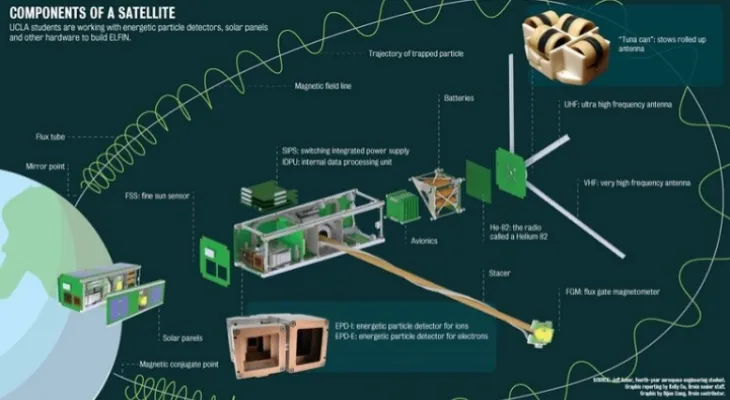Search here
Newspaper
Search here

Arab Canada News
News

Published: September 24, 2023
Specialists from the Canadian startup SBQuantum will, for the first time, send quantum magnetic measurement devices based on "defective diamonds" into space.
On Thursday, September 21, the press service of SBQuantum announced that these devices will help measure and study the Earth's magnetic field from space as accurately as possible, as part of the MagQuest project, which will be realized in mid-2025.
For his part, the CEO of the company, David Roy-Guy, said: "We are honored to participate in the final stage of this prestigious competition. Testing our magnetic measurement devices in space will be a great opportunity to showcase our achievements in this field and demonstrate the immense potential of quantum sensors not only in the aerospace field but also in other industrial areas."
It is worth noting that the MagQuest project was launched in 2019 by the National Geospatial Intelligence Agency (NGA) to refine the World Magnetic Model (WMM) that reflects the characteristics of the Earth's magnetic field. It is widely used in navigation systems to improve the accuracy of geographic location and to determine the magnetic declination, which reflects the difference between compass readings and the actual direction of the magnetic pole.
As part of the MagQuest project, leading global scientific institutions and high-tech startups were invited to develop new types of magnetic field sensors that would improve the WMM. The most successful devices will be sent into space aboard a scientific satellite.
The press service of SBQuantum also stated that the quantum magnetic measurement devices based on the so-called defective diamond, developed by Canadian specialists, won that competition.
It is noted that a defective diamond is a man-made gemstone with "flaws" in its structure. The ones used by the Canadian physicists to develop the magnetic measurement devices lack a nitrogen atom, and their full name is "nitrogen vacancy diamond." Scientists have found that they can be used for long-range measurements even in very weak magnetic fields in outer space if these stones are illuminated using a green laser and a microwave source.
Researchers also stated that initial experiments using quantum diamond sensors on Earth showed that they are ten times more stable than the systems used to develop the World Magnetic Model (WMM), and the first launch of these sensors into space is scheduled for mid-2025. Physicists hope that the data obtained will greatly improve the quality of civil navigation systems.
Comments